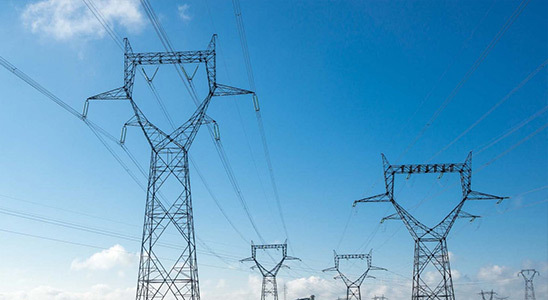What role does high voltage switchgear play in the power grid?
High voltage switchgear mainly plays a role in control and protection within the power grid. Firstly, from a control perspective, high voltage switchgear is a key component of the power grid, used for the distribution, conversion, and transmission of electrical energy. Through devices such as circuit breakers and isolators within the switchgear, the circuit can be flexibly controlled to meet various operational needs of the power grid. For example, during periods of low power load, certain circuits can be disconnected by operating the switchgear to reduce energy consumption; while during peak power load times, closing operations can be performed to ensure stable power supply. Additionally, high voltage switchgear is equipped with automation control functions, allowing it to work with smart grid systems for remote monitoring and automatic adjustment, thereby enhancing the intelligence level of the power grid.
The high-voltage switchgear mainly plays a control and protection role in the power grid:
First, from the perspective of control, high-voltage switchgear is a key component in the power grid, used for the distribution, conversion, and transmission of electrical energy. Through devices such as circuit breakers and isolators within the switchgear, the circuit can be flexibly controlled to meet various operational needs of the power grid. For example, during low power load periods, some circuits can be disconnected by operating the switchgear to reduce energy consumption; while during peak power loads, closing operations can ensure stable power supply. In addition, high-voltage switchgear also has automation control functions, which can work with smart grid systems to achieve remote monitoring and automatic adjustment, enhancing the intelligence level of the power grid.
Secondly, high-voltage switchgear plays an important protective role in the power grid. During operation, the power grid may face various faults and abnormal situations, such as short circuits, overloads, and grounding faults. The protection devices within the high-voltage switchgear can monitor the circuit status in real-time, and once an anomaly is detected, they will quickly disconnect the faulty circuit to prevent the fault from expanding, protecting both the power grid equipment and personal safety. For example, when a short circuit occurs, the current transformer within the switchgear will detect the abnormal current, triggering the protection device to act, quickly disconnecting the faulty circuit through the circuit breaker to avoid equipment damage and fire accidents.
Finally, high-voltage switchgear also features convenient maintenance and management characteristics. The design of the switchgear usually considers the maintainability of the equipment, making it easy for staff to conduct regular inspections and repairs. At the same time, the layout of the equipment within the switchgear is reasonable, and the markings are clear, allowing operators to quickly and accurately locate fault points, improving maintenance efficiency. In addition, high-voltage switchgear can also be equipped with intelligent monitoring systems to record real-time data on power grid operation and equipment status, providing strong support for power grid management.
In summary, high-voltage switchgear plays a key role in control and protection within the power grid, and is an important device to ensure the safe, stable, and efficient operation of the power grid.
More news







